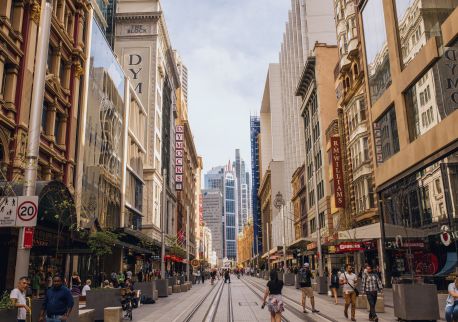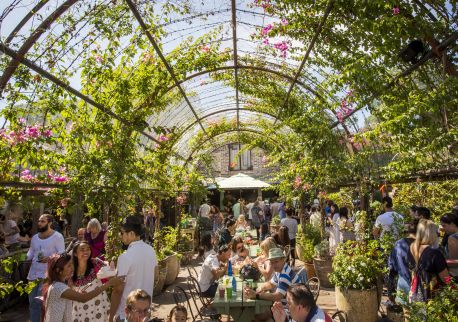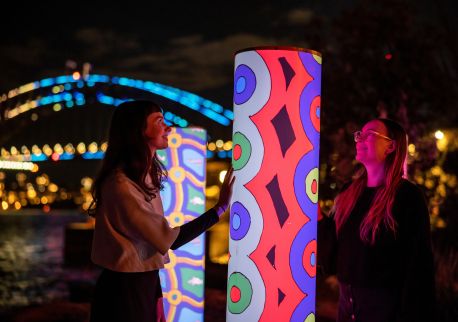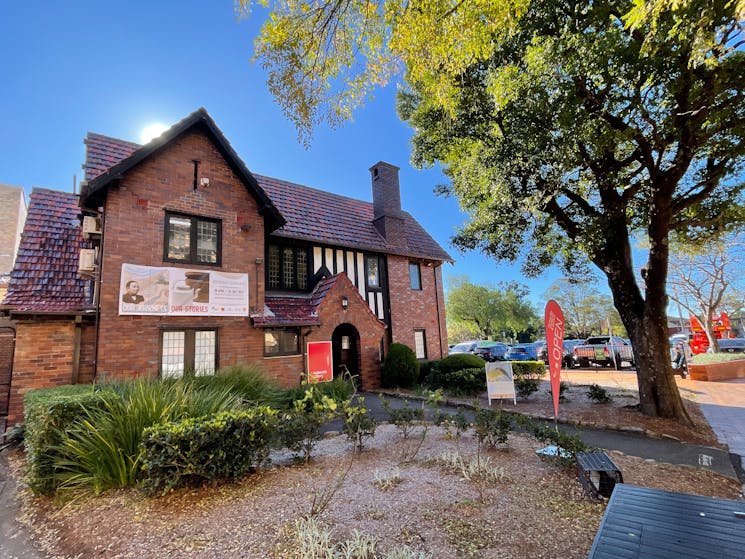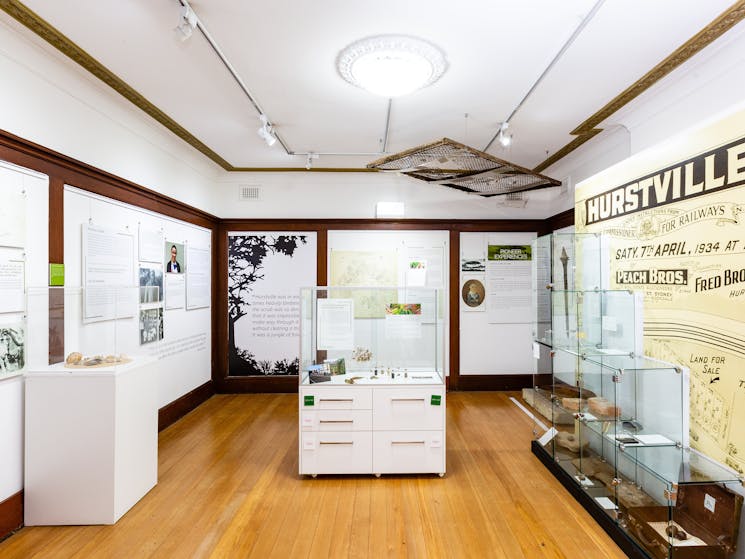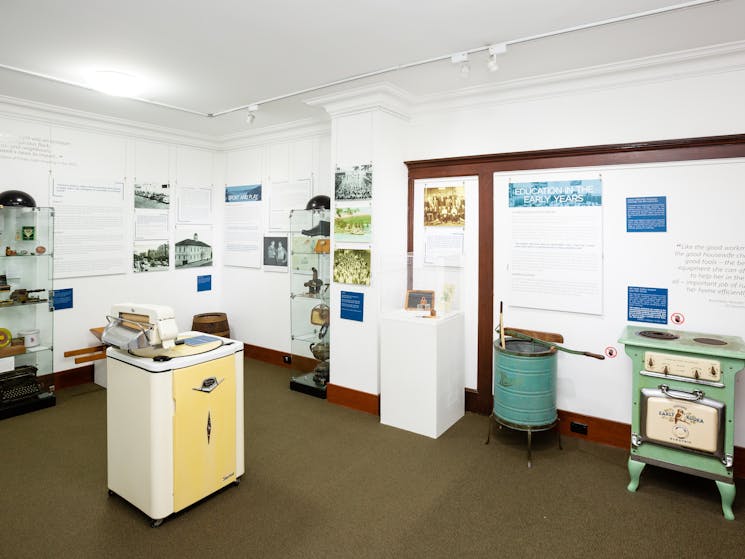Hurstville Museum & Gallery
Overview
Hurstville Museum & Gallery opened in 2004. It is the only regional museum and gallery in the St George district.
It is dedicated to preserving the unique history of the St George region, as well as working with local communities to develop exciting art and history exhibitions and public programs.
A popular destination for thousands of local and interstate visitors each year, the Museum & Gallery is a vibrant hub of community activity, with regular talks, programs and special events. The Museum & Gallery also offers a range of syllabus-linked educational programs for primary and secondary students.
It is home to 6,000 + objects and artworks from the local area. Hurstville Museum & Gallery offers a full schedule of high-quality exhibitions throughout the year, coordinates an Artist-in-Residence and public art program and offers a diverse range of public programs for all ages.
Entry is free.
Accessibility
Access and Inclusion Statement
Allows a person's carer free entry into participating venues and events
Actively welcomes people with access needs.
Advise tour guides of the access needs of guests at the time of booking (includes pick up and drop off requirements)
Caters for people who are blind or have vision loss
Caters for people who use a wheelchair.
Caters for people with sufficient mobility to climb a few steps but who would benefit from fixtures to aid balance. (This includes people using walking frames and mobility aids)
Have a step free main entrance to the building and/or reception area (includes ramps or slopes with a maximum gradient of 1:14, otherwise are too steep for wheelchairs)
Have a wheelchair accessible toilet / shower and change room
Have accessibility information and photos, including of a bathroom, room and/or floor plan on your website (can be emailed on request)
Have an accessible public toilet which is unlocked
Have an appropriate area for toileting an assistance dog
Have at least one wheelchair accessible parking space with wheelchair accessible signage clearly displayed (International standards are 3200mm wide x 2500 mm high)
Have grab rails in the bathroom
Have step free outdoor pathways (includes picnic areas, barbecues and shelters)
Have wheelchair accessible transport options available in the general vicinity (provide information on name of the operator, phone and website link to individual providers for private vehicles, community transport train, mini vans, hire cars, buses, taxis, ferry, tram, light rail etc in your access statement)
Offer a range of contact methods for receiving complaints
Offer multiple options for booking - web, email, phone
Provide assistance with booking arrangements (includes providing clear itineraries with written instructions on what to do at various destinations)
Provide information in audio format (includes an audio described map of your venue, audio descs of performances and/ or displays)
Provide seating in common areas including reception area
Train your staff in communicating with people with learning or behavioural challenges
Train your staff in disability awareness
Use easy read fonts in your signage and communication materials (Helvetica and Arial)
Use Plain English / easy read signage and information (includes menus and emergency information)
Welcomes and assists people who have challenges with learning, communication, understanding and behaviour. (includes people with autism, intellectual disability, Down syndrome, acquired brain injury (ABI), dyslexia and dementia)

